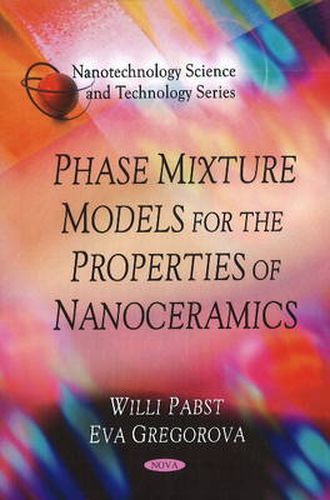Readings Newsletter
Become a Readings Member to make your shopping experience even easier.
Sign in or sign up for free!
You’re not far away from qualifying for FREE standard shipping within Australia
You’ve qualified for FREE standard shipping within Australia
The cart is loading…






The properties of nanocrystalline ceramics are in many respects unique because the grain boundaries, which are in reality discontinuities of small but finite thickness, attain significant volume fractions when the average grain size is below approximately 100 nm. The simplest way to model the grain size dependence of properties consists in considering the nanocrystalline material as a two-phase composite, i.e. as a binary mixture of two separate phases, a crystalline core phase and a disordered, glass-like grain boundary phase. When this viewpoint is adopted, the laws of composite theory can be applied to estimate the effective properties. This book illustrates this method for single-phase ceramic systems with monodisperse grain size by invoking a unit-cell approach using cubic, tetrakaidecahedral and anisometric grain shapes.
$9.00 standard shipping within Australia
FREE standard shipping within Australia for orders over $100.00
Express & International shipping calculated at checkout
The properties of nanocrystalline ceramics are in many respects unique because the grain boundaries, which are in reality discontinuities of small but finite thickness, attain significant volume fractions when the average grain size is below approximately 100 nm. The simplest way to model the grain size dependence of properties consists in considering the nanocrystalline material as a two-phase composite, i.e. as a binary mixture of two separate phases, a crystalline core phase and a disordered, glass-like grain boundary phase. When this viewpoint is adopted, the laws of composite theory can be applied to estimate the effective properties. This book illustrates this method for single-phase ceramic systems with monodisperse grain size by invoking a unit-cell approach using cubic, tetrakaidecahedral and anisometric grain shapes.